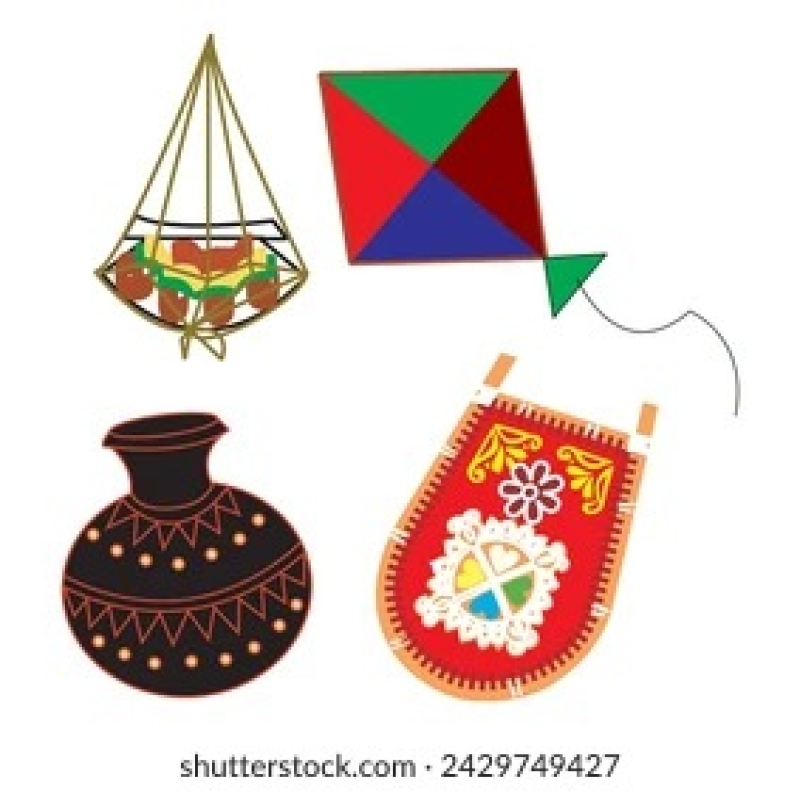- UN Calls for Calm in Bangladesh After Protest Leader’s Killing |
- DMP issues 7 traffic directives for Osman Hadi’s Janaza |
- Vested quarter fuelling chaos to impose new fascism: Fakhrul |
- Hadi’s namaz-e-janaza at 2:30pm Saturday |
- Jashore’s Gadkhali blooms with hope; flowers may fetch Tk4 bn |
Pahela Baishakh: A Symbol of Unity and Cultural Pride

Pahela Baishakh symbols
Pahela Baishakh, the first day of the Bangla New Year 1432, brings with it a wave of joy and celebration across Bangladesh. This year, the country welcomes the New Year on a Monday, with people from all walks of life—regardless of religion, caste, or background—coming together to rejoice in the festivities. The celebration is not just about welcoming a new calendar year; it embodies deeper meanings of national identity, unity, and hope.
The theme of this year's Pahela Baishakh is especially poignant: "New Year's harmony, end of fascism." It captures a collective aspiration for societal progress, equality, and solidarity. The festival serves as a powerful reminder of the cultural and emotional bonds that connect the nation. Over the years, Pahela Baishakh has transformed into a symbol of resilience and pride, allowing people to express their Bangladeshi identity through music, art, and vibrant celebrations.
Although the use of the Bengali calendar in daily life has become limited, it still holds significant importance in traditional agricultural practices and religious rituals. Farmers align their planting and harvesting cycles with the rhythms of this calendar, while many communities follow its dates for spiritual observances. Pahela Baishakh thus bridges the past and the present, blending modern festivities with age-old traditions.
The day itself is marked by colorful celebrations, including processions, fairs, and traditional performances. Streets are adorned with banners and festoons, as people dress in red and white, symbolizing purity and good fortune. Traditional dishes like panta bhat (fermented rice) and fried hilsa fish are savoured, adding a culinary dimension to the festivities. Cultural programs featuring songs, dances, and dramas bring communities together to honor the rich heritage of Bangladesh.
Interestingly, Pahela Baishakh is not confined to the boundaries of the country. Bangladeshis living abroad, whether in neighboring nations or distant continents, also commemorate this day. For expatriates, it serves as a nostalgic connection to their homeland, a chance to celebrate and share their culture with the wider world.
More than just a day of joy and festivity, Bengali New Year’s Day is a symbol of national unity, cultural pride, and hope for a brighter future. It reminds the people of Bangladesh of the importance of coming together, embracing harmony, and cherishing their shared heritage.
Pahela Baishakh, in all its colour and vibrancy, continues to be a beacon of unity, inviting everyone to celebrate the beautiful tapestry of Bangladeshi life. It’s a welcome to a year filled with hope, harmony, and progress! Shubho Noboborsho!

